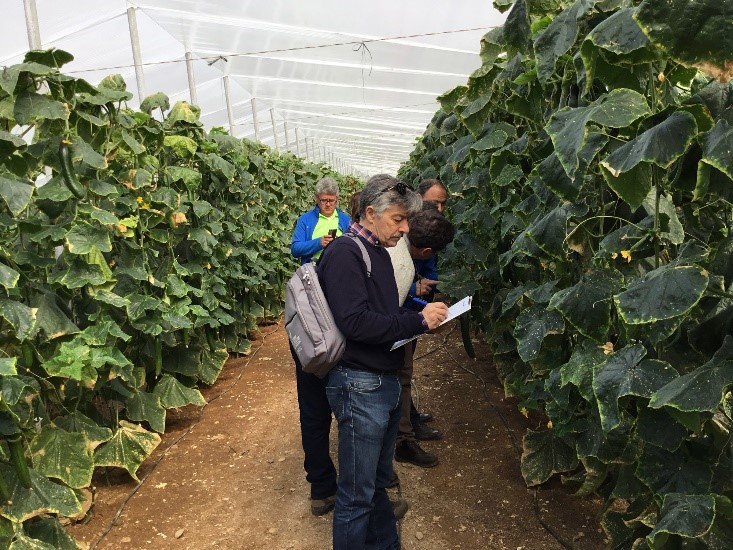Global Research Consortium Doubles Funding to $1 Billion
CGIAR, the world’s largest partnership of agricultural research organizations, on Tuesday said its funding has doubled from $500 million in 2008 to $1 billion in 2013.
“The new funding will take CGIAR’s work to the next level and be crucial in global efforts to enhance food and nutrition security in a world of climate change,” said Rachel Kyte, chair of the CGIAR Fund Council and World Bank Vice President for Sustainable Development.
The rise in donor backing, according to CGIAR, could lift 150 million people in Asia out of poverty by boosting rice production, provide 12 million African households with sustainable irrigation, save 1.7 million hectares of forest from destruction, and give 50 million poor people access to highly nutritious food crops.
“The challenge of producing more nutritious food to feed 9 billion people in 2050 while climate change threatens to roll back years of development progress making some agricultural lands unproductive cannot be underestimated,” Kyte said. “Climate change disproportionately hurts the poor and most vulnerable.”
“The $1 billion in funding will help finance CGIAR’s 16 global research programs and accelerate the development of scientific, policy and technological advances needed to overcome complex challenges – such as climate change, water scarcity, land degradation, and chronic malnutrition, greatly improving the well-being of millions of poor families across the developing world,” said Frank Rijsberman, CEO of the CGIAR Consortium.
Some of the potential impacts from the CGIAR Research Programs include:
- By 2035, research on rice will increase farmers’ yields and lower prices for poor consumers, lifting 150 million people out of poverty and reducing the number of undernourished people in Asia by 62 million.
- By 2020, 12 million households in Africa will have access to sustainable irrigation, thanks to research on water, land and ecosystems.
- By 2022, research will help increase harvests of grain legumes—a key source of protein for the poor – in low-income countries in five regions, improving their nutrition from 2.1 million tons of extra protein.
- By 2018, 50 million people will have access to staple food crops specifically bred to be rich in key vitamins and minerals – namely, iron, zinc or vitamin A – in an effort to combat malnutrition.
- By 2020, research on forest, trees and agroforestry will prevent deforestation on 0.5 to 1.7 million hectares, reducing carbon emissions by 0.16 to 0.68 billion tons per year.
- By 2022, fish production and fish farm employment will increase by 30% in Egypt, doubling the productivity of more than 6,000 fish farms.






